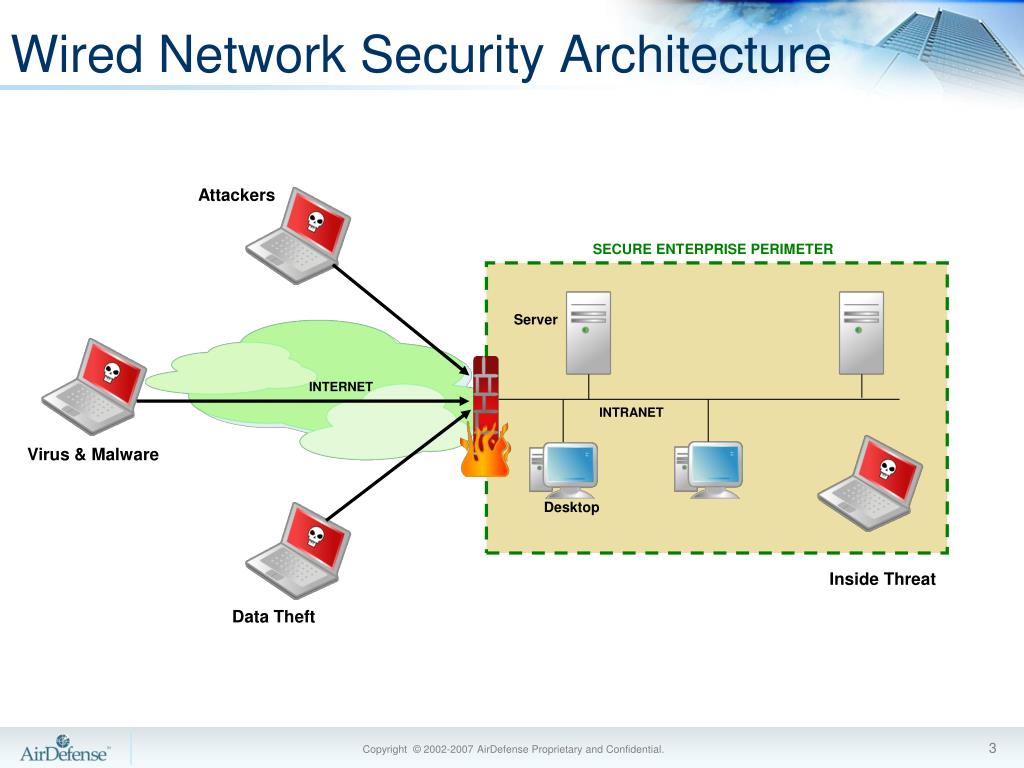

"But now any maker in the world can design to this new specification. "It's always frustrated me - for years - that we've had to design two separate motherboards: one for Intel sockets and one for AMD sockets," says Frankovsky, who worked at Dell for 14 years before moving to Facebook. As Facebook man John Kenevey demonstrates, just before Wednesday's Open Compute summit, the setup even allows two different processors from two different manufacturers to operate on the same motherboard. Basically, Facebook has offered up the spec for the motherboard slot that processors can plug in to, and four companies - Intel, AMD, AppliedMicro, and Calxeda - have already built preliminary hardware that uses this spec. Now, the Facebook and others have also separated the processor from the server. Facebook and Frankovsky founded the project in the spring of 2011, urging companies across the industry to share and collaborate on new data-center hardware designs, and though Facebook is still the primary force behind the project, Open Compute has now been spun off as a not-for-profit operation - with its own full-time employee - and it's backed by a wide range of companies, including hardware buyers such as Rackspace, Goldman Sachs, and Fidelity as well as hardware makers and sellers such as Intel, AMD, and Dell. It's one more way the Open Compute Project seeks to significantly reduce the cost and the hassle of the hardware that underpins today's online operations.

>'By modularizing the design, you can rip and place the bits that need to be upgraded, but you can leave the stuff that's still good.' But Intel and AMD - the two largest server chip designers - have put their weight behind the idea, as have two companies working to build servers using low-power ARM processors akin to the one in your iPhone: Calxeda and AppliedMicro. At this point, it's just a specification for a motherboard slot that processors will plug into. The new design is still a long way from live data centers.
Hard wired server design software#
"Plus, you can better match your hardware to the software that it's going to run." Note that the WiFi Extender you use must be configured as an extension of the LAN name which originates from your main WiFi Router (as opposed to having the extension broadcasting its own new stand-alone LAN)."By modularizing the design, you can rip and place the bits that need to be upgraded, but you can leave the stuff that's still good," Frankovsky says, pointing to memory and flash storage as hardware that you don't have to replace as often as the processor. (Just make sure to choose one that does have an Ethernet port for connectivity with your Aurender) CNET's recommended list of best buys for 2022 can be found here. Many Aurender customers use WiFi extenders or "mesh" Wireless Access Points with good results. For the most part, they are all universally compatible, but if you want to double check, it may be a good idea to check with your router manufacturer or internet service provider. You may also use any WiFi extender device with an ethernet port that is compatible with your router. Click here for TechAdvisor's top recommendations for 2022.ģ.

Ethernet-over-powerline adapters such as the Netgear PLP2000 work well in most cases. Of course, in some cases the layout of your home will not allow for that. This may be way easier and less expensive than you think! Take this opportunity to use a decent quality shielded cable. Best-case-scenario: hire your local AV installer or a qualified electrician to retrofit ethernet cable through walls or crawl space to get a hard wired connection. In that case, do not fear! There are a few options:ġ. It is a common issue that no Ethernet connection is available near the location where your Aurender is to be installed. Aurender servers do NOT have any WiFi connectivity (this is by design - most WiFi networks are unreliable and subject to drop-outs and limited bandwidth). Your Aurender server must be connected to your router via a hard-wired Ethernet connection.


 0 kommentar(er)
0 kommentar(er)
